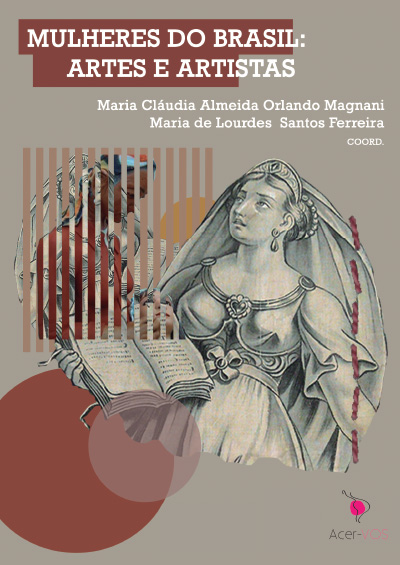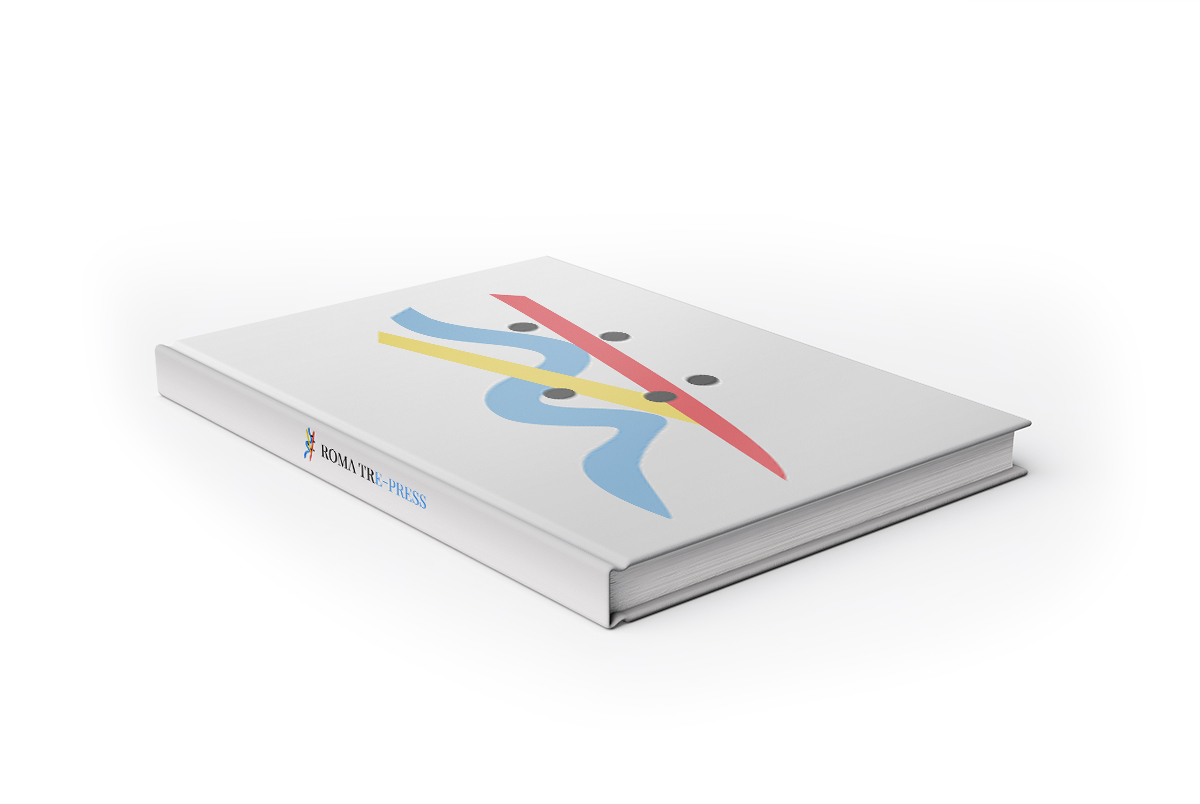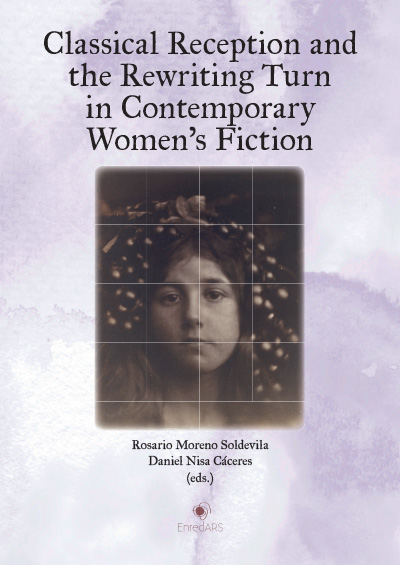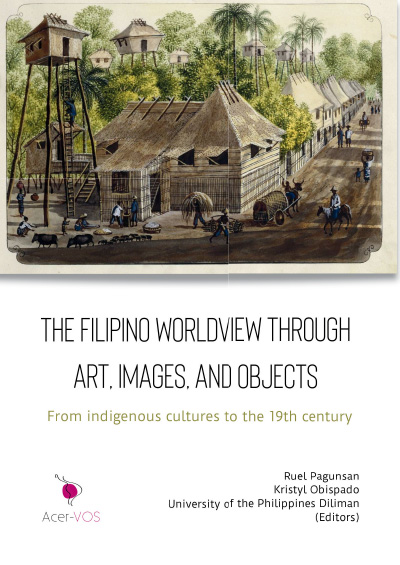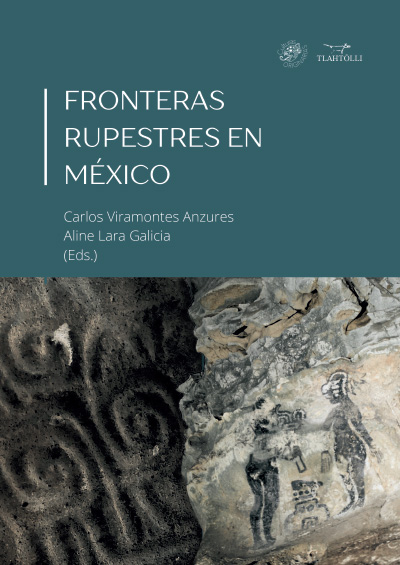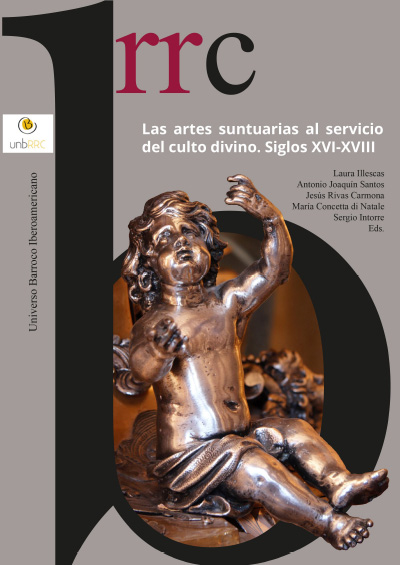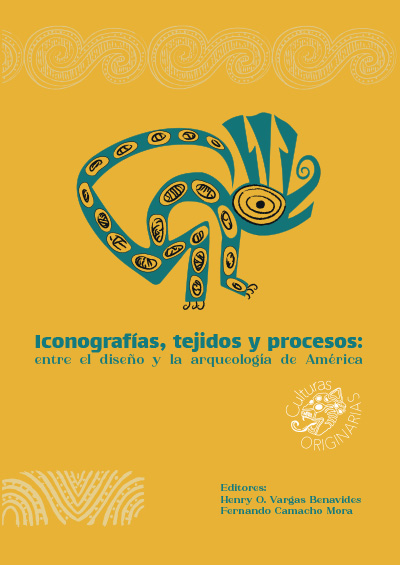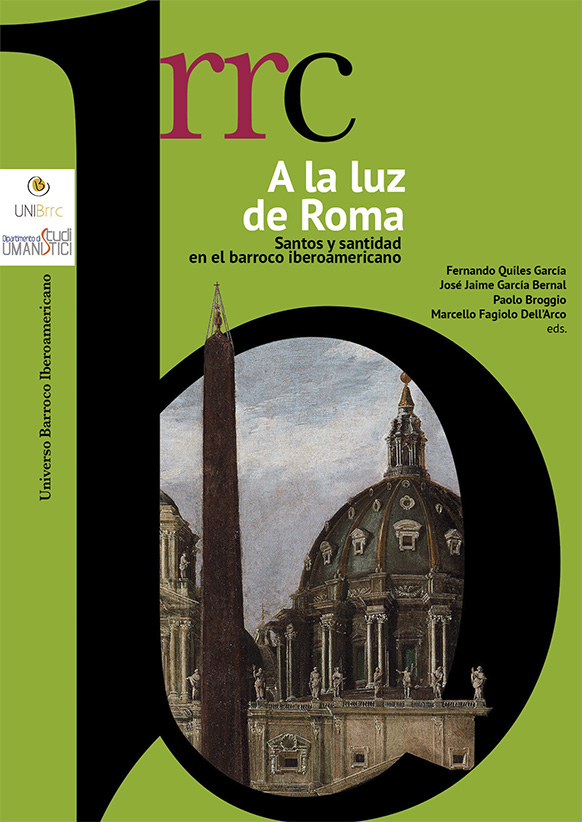Abstract

Il lavoro nel campo della storia dell'arte è stato ampiamente definito da un referenziale europeo. Allo stesso modo, la prospettiva di genere pur avendo un'attenzione crescente è ancora insufficiente nelle recenti ricerche in quel campo. La ricerca femminista nella storia dell'arte ha cercato di rivalutare la produzione artistica delle donne in questa realtà di notevoli trasformazioni e molteplicità culturali e riscrivendo storie rese invisibili se non cancellate dalla tradizione canonica. L'invisibilità di queste manifestazioni artistiche costituisce infatti una lacuna che fortemente marca e segna l'esclusione delle donne, soprattutto di quelle che non si adattano allo stereotipo scelto "naturalmente" dalla loro proiezione sociale, rappresentato solo dal modello eurocentrico: cioè essere bianchi, appartenere a classi economiche privilegiate e (ri)produre il lavoro artistico consacrato dai grandi nomi della cultura europea. Cercando di contribuire alla riduzione di questo divario, questo volume è dedicato a studi che problematizzano questa rassegna di universalità, contribuendo alla costruzione di nuove storie delle arti che si concentrano sulle donne protagoniste del fare artistico sia come artiste. Lo scopo della proposta che ha dato origine a questo lavoro è stato quello di focalizzare le più diverse espressioni artistiche delle/sulle donne, soprattutto brasiliane, ma non solo, di cui storicamente è stato individuato il lavoro artistico ma nello stesso tempo escluse , sulla base di discriminazioni basate sul genere, sulla razza, sul credo o sull’etnia.

Works in the field of art history have been largely defined by an European framework. Likewise, while gender perspective has gained increased prominence, it is still insufficient in the most recent research in the field. Feminist research in art history has sought to attribute a renewed value to women's production and to their role in artistic production in a reality of considerable transformations and cultural multiplicity. It has also sought to rewrite women’s history of invisibility and erasure, a hallmark of canonical tradition. The invisibilization of these artistic manifestations constitutes a gap that shaped – and still shapes – the exclusion of women. Especially of those who do not fit the stereotype "naturally" chosen as worthy of social projection. In other words, those who do not correspond to the Eurocentric ideal of a woman artist should be: white, of privileged economic background and (re)producing the consecrated artistic work of the great names of European culture. Seeking to contribute to reducing this gap, this volume is dedicated to studies that problematize these hegemonic ideals. It strives to help constructing a new history of the arts that focus on women as protagonists of the artistic doing, be it as representations or as artists themselves. The drive that culminated in this work was to highlight the most diverse artistic expressions by/about women, especially but not limited to Brazilians, whose artistic work has been historically excluded, due to discrimination based on gender, race, creed or ethnicity.

